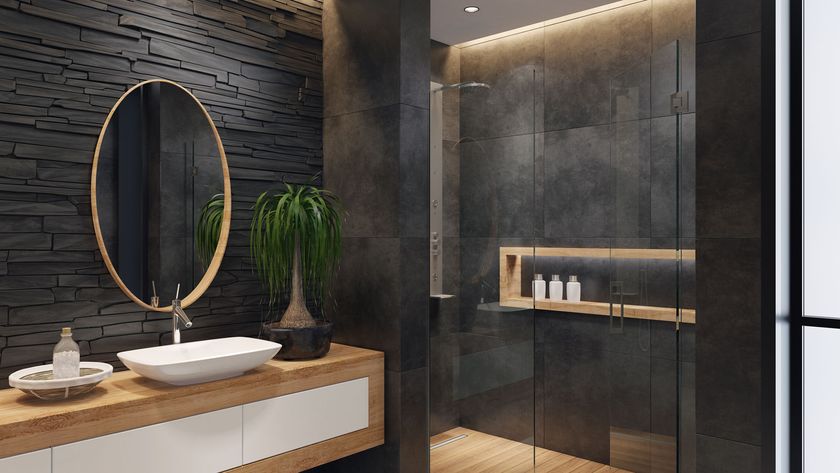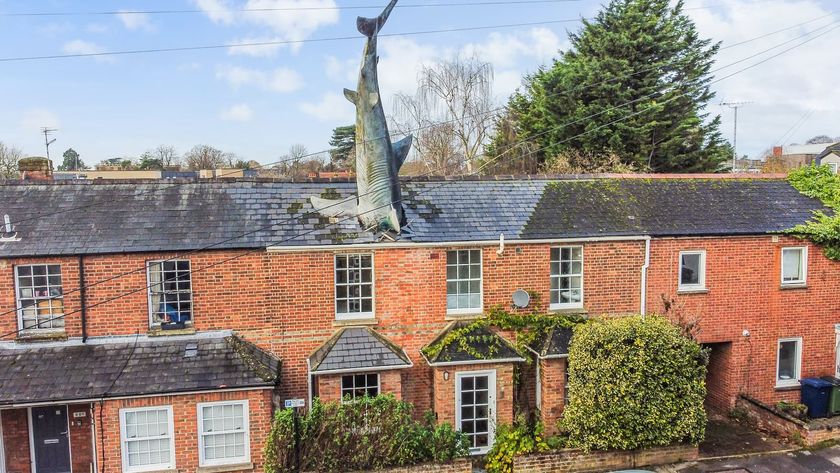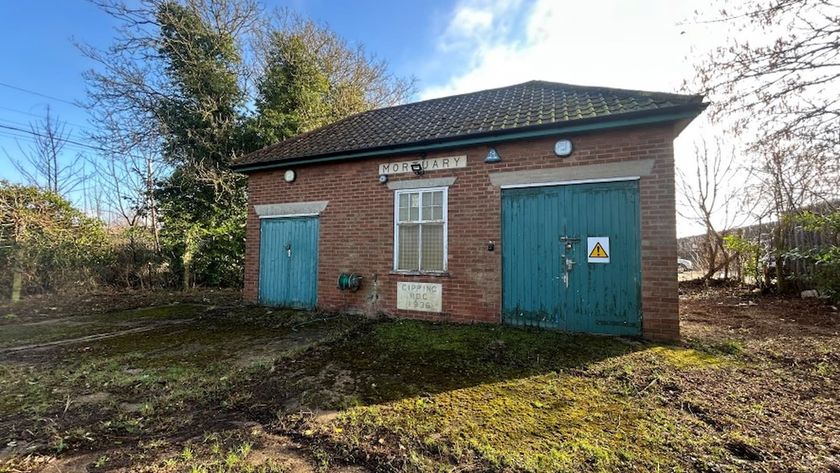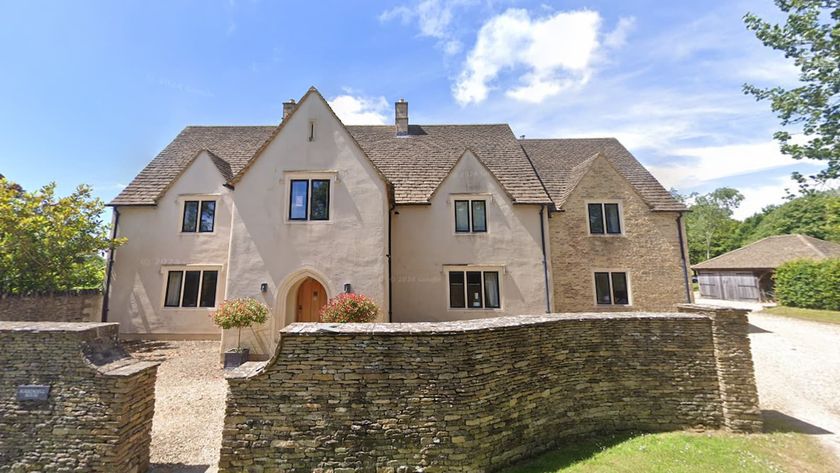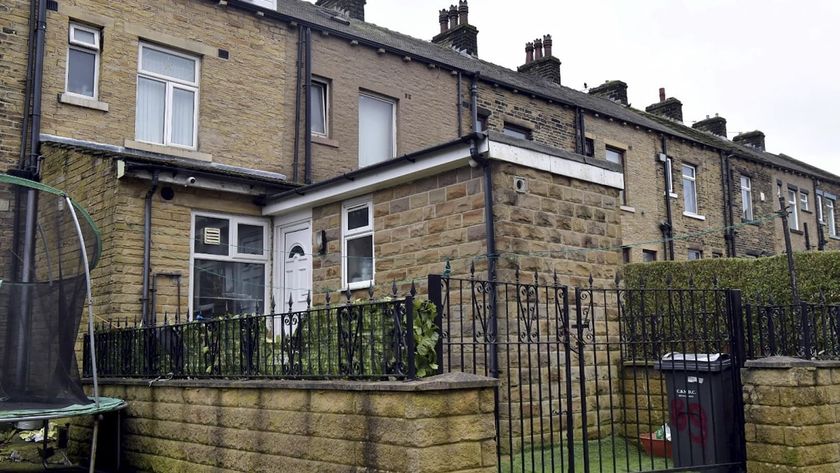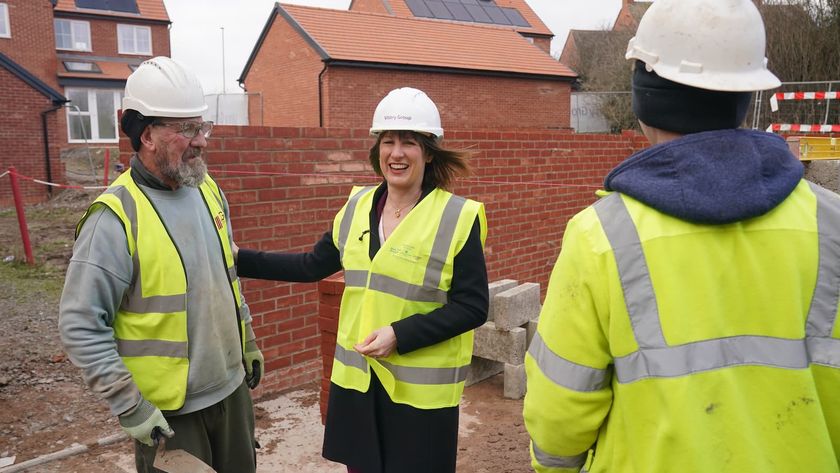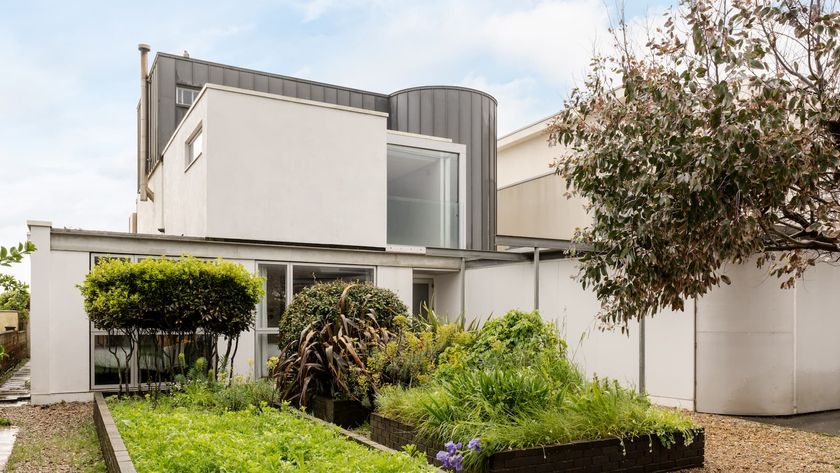'I saved £35,000 building my extension using YouTube tutorials'
Scott Baggaley, 30, explains how he did it, saying: "You need to be mentally prepared, it’s going to take everything you have got!"
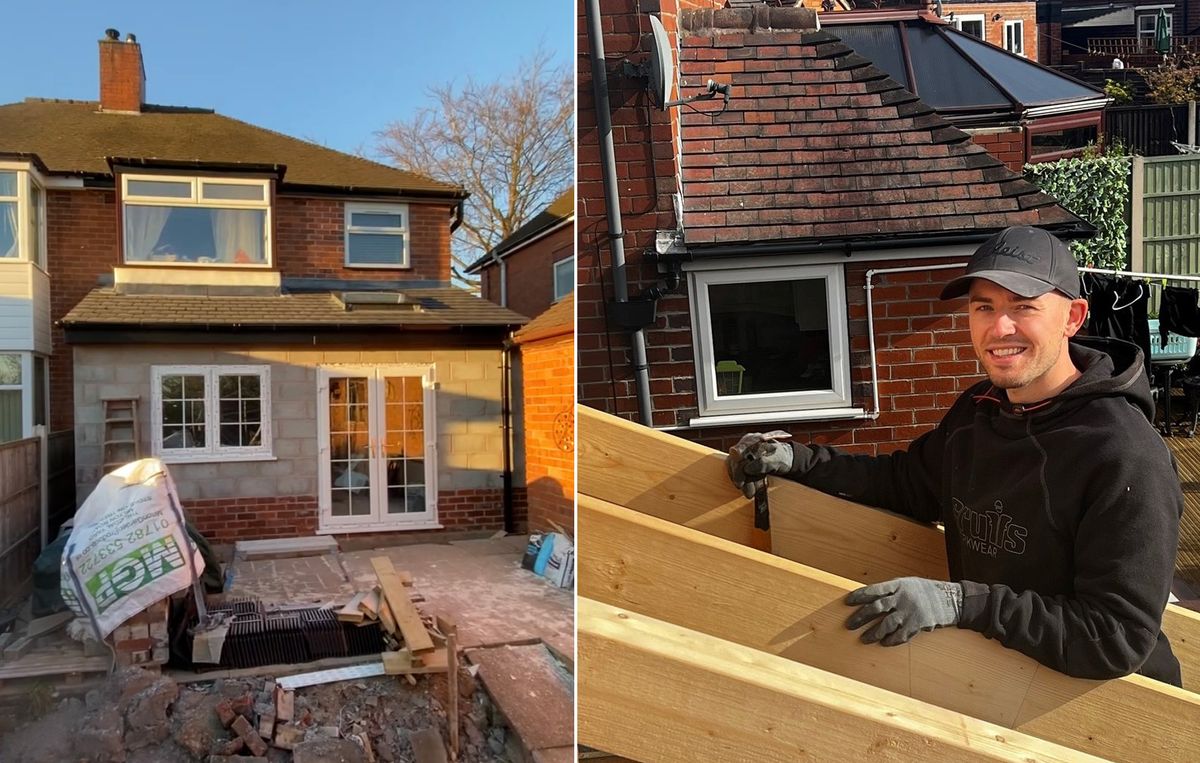
A homeowner who was quoted £45,000 for a house extension claims he did the work himself instead – guided by online advice and YouTube tutorials – for just £9,000.
Scott Baggaley completed the work on his Stoke-on-Trent property in six months, saving a jaw-dropping £35,000 building his extension and adding an estimated £30,000 in value to his house.
He spoke to Homebuilding and Renovating about the highs and lows of his journey, how he saved so much money and what he thinks aspiring builders thinking of following in his footsteps need to be aware of.
How he used YouTube tutorials and online guides to teach himself building skills
Scott turned to online content to fill the gaps in his knowledge before building the single storey extension – including Homebuilding & Renovating guides – before taking on the 12 square metre single-storey space that now comprises a larger kitchen and dining room.
The 30-year-old marketing manager also learned many skills from his father and says working with his dad was a confidence booster that made it easier to pick up the trade skills he needed.
“I didn't realise at the time that his knowledge and skills would be so useful when I one day owned my own home," he told us.
“I did have a trial run before building the house extension. I built a garage extension, which was much more simple but involved many of the skills needed.”
Get the Homebuilding & Renovating Newsletter
Bring your dream home to life with expert advice, how to guides and design inspiration. Sign up for our newsletter and get two free tickets to a Homebuilding & Renovating Show near you.
Scott’s Top five YouTube guide recommendations:
- Skill Builder – For project overview and planning
- Robin Clevett – For roof woodwork
- Stu Crompton – For brickwork
- Charlie DIYte - Smaller DIY projects
- The Restoration couple – Inspiration and roofing
- Scott himself is also now a good expert to follow @scott_diy on Instagram, TikTok and YouTube.
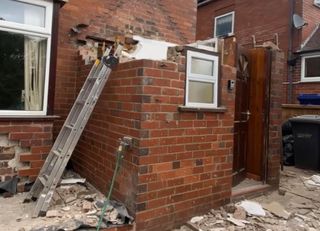
How he spent only £9,000 when building his extension
Scott didn’t need planning permission as it was classed as permitted development, saving legal and consultation fees, and didn’t hire any tradesmen.
He said: “I contacted the council myself and followed their instructions. I issued them with a drawing of the plot and how big the extension would be.”
“I didn't pay any tradesmen, but I did have a friend of mine help me set out my blockwork to ensure my build would comply with regulations.
In total, Mr Baggaley says he spent £583 on CPR building regulations, £585 for a structural engineer, £110 on temporary door materials, £228 on a skip, £232 on concrete footings, £14 on a bricklayer's trowel, £240 on blocks, bricks, sand, and cement, £150 on hardcore and sand, £120 on insulation, £180 on C25 floor slab, £756 on Modulite Medium Dense Lightweight Blocks, £2,028 on beams, £84 on renting a genie lift, £107 on a damp proof course (DPC) tray, wall starter kits and weep vents, £82 on sand and cement, £589 on a windpost, £50 on aluminium brick profiles, £240 on cavity wall insulation, £228 on door and window lintels, £280 on rafters and hangers, £40 on roof membrane, £60 on roof laths, £481 on roof tiles, £222 on roofing lead and sealant, £559 on a skylight, accessories, and delivery, £1,020 on a door, window, sills and delivery, and £296 on fascias and soffits.
“I believe I saved the most money possible,” he said. “The only other way to reduce costs would be to compromise on materials and I wasn't prepared to do that.”
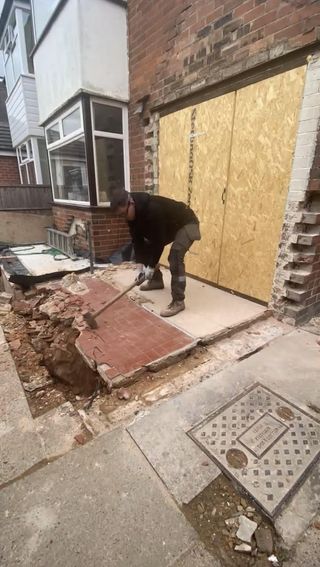
Would he do the same again?
Scott is still working on the kitchen diner but plans on landscaping his garden and one day plans to build his own house.
He said: “I would do the same again, but not while I am living in the property. Working full time resulted in the project taking six months and having a one-year-old baby in a house renovation is not easy.
“I faced many problems, but I chose to take my time, ask for advice and do lots of research. I had times when I was exhausted, the weather was poor, and I felt like I was in way over my head.
“At that point I would always down tools, make a coffee, and watch some inspiring YouTube videos.
“My advice would be to invest plenty of time up front planning exactly what you want the extension to look like, and have accurate sizes for everything. This will make the process much easier.
“The second thing, would be to start in the spring, because it will take a long time, and you will need the good weather. Finally, you need to be mentally prepared – it’s going to take everything you have got. “




Sam is based in Coventry and has been a news reporter for nearly 20 years. His work has featured in the Mirror, The Sun, MailOnline, the Independent, and news outlets throughout the world. As a copywriter, he has written for clients as diverse as Saint-Gobain, Michelin, Halfords Autocentre, Great British Heating, and Irwin Industrial Tools. During the pandemic, he converted a van into a mini-camper and is currently planning to convert his shed into an office and Star Wars shrine.

